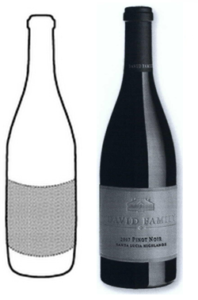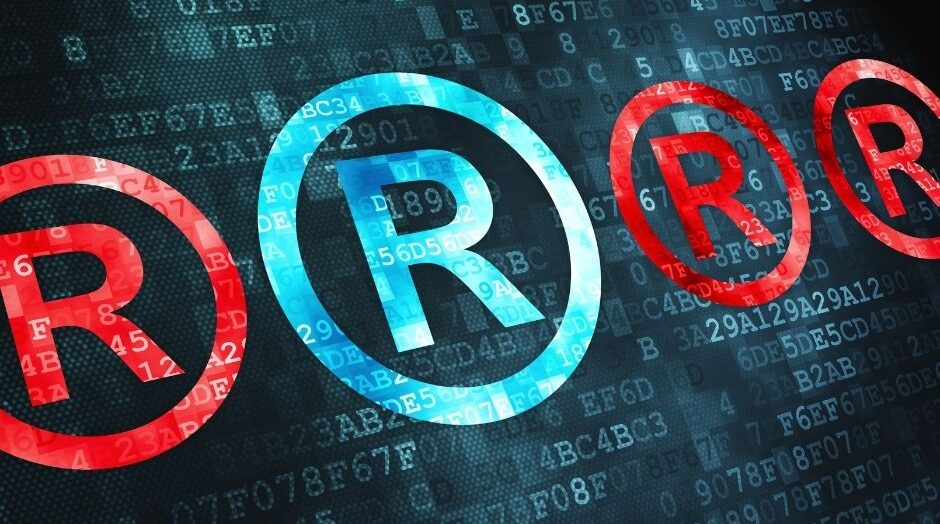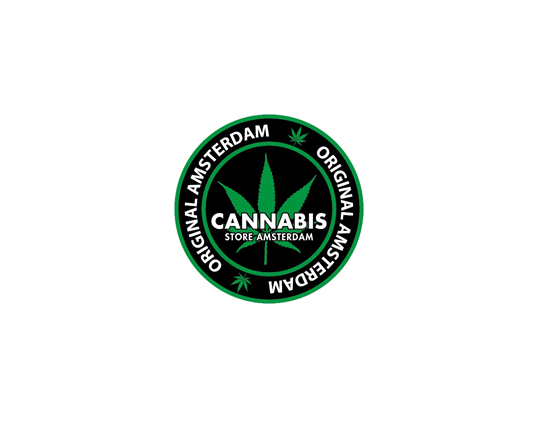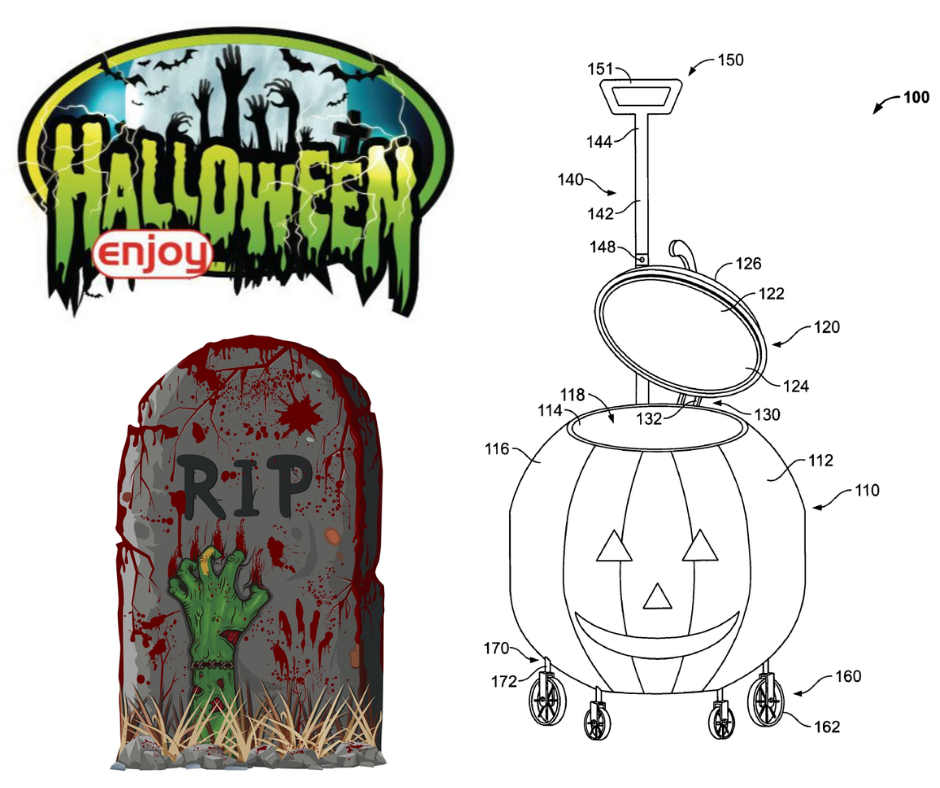In the previous parts of this series we discussed 8 categories of trademarks: three-dimensional marks, positional marks, patterns, colors, sounds, motion marks, multimedia marks or holograms.
We also mentioned that the most common and at the same time the most popular trademarks are word, word-figurative and figurative marks.
Now there appears a vital question whether there can be any other kinds of trademarks, if it turns out that they do not exactly fall into one of the above mentioned categories? Is it possible to apply for registration of a trademark of a different kind than those which have already been listed?
The answer is yes, however on condition that such mark can be represented in the trademark register in a certain way, namely the way which is:
- clear;
- precise;
- individual;
- easily available;
- understandable;
- permanent;
If another kind of mark is applied for registration, it is necessary to attach its description being consistent with the representation of the mark. It is also necessary to indicate that the applied mark cannot be classified on the basis of the already known categories.
What can be mentioned as an example of such a different kind of trademark is a SCENT.
On 11th December 1996 EUIPO admitted the application for a trademark being a scent, and subsequently on 11th October 2000 the mark proceeded to registration by EUIPO under no. EUTM-000428870 – this was a trademark in the form of the scent of freshly cut grass and was destined for the marking of tennis balls.


It came as a surprise to the public when the owner of the mark, after the expiry of the first 10-year protection period, resigned from its renewal for another 10 years.
There was also an attempt made at the EUIPO to obtain the right of protection for a trademark being “the scent of a ripe strawberry” in the name of the company EDEN SARL applied under the number EUTM-001122118 on 26th March 1999, and destined among others for the marking of “cosmetics, pencils, leather goods and clothing”. However, according to the EUIPO and the Court of First Instance, the description of the scent mark which simply said “the scent of a ripe strawberry,” was not sufficiently clear and precise, as there might have existed a few other scents fulfilling these criteria. At the same time the mark was described in words and by a graphic representation in the form of a drawing of a strawberry. According to the EUIPO and the Court of First Instance, the drawing by itself presents a fruit and not the scent which was intended to be the subject of the trademark and its registration.



The EUIPO also refused to register a scent trademark which was described as the scent of a tea tree oil, and was destined for protective gloves for industrial purposes. In its refusal the EUIPO indicated that the description of the mark in words is not its sufficient graphic representation, because it is not sufficiently clear, precise and objective.


The French Institute for the Protection of Scents (Institut pour la Protection des Fragrances) applied in the EUIPO for registration as a trademark of a scent with the notes of grass, a fruit of citrus tree (bergamot, lemon), a flower (orange flower, hyacinth) and a rose and musk, destined among others for goods in classes 03, 05, 16, 18 and 24, including cosmetic and pharmaceutical products, stationery, household bags and textiles (bed linen, towels and tablecloth). The mark was presented by means of the matrix of colors referring to scents.

EUIPO refused to register the mark applied in the above way as a scent, indicating that the proposed graphic presentation is not understandable for an average consumer, because it does not allow to determine what in fact is the subject of protection. The matrix of colors, which is known and used in perfumery industry, is not understandable and known for individuals from outside this branch, so by an average ‘Kowalski’ it will not be perceived as the code used to make the inscription of the scent. What is more, there are not any instructions along with the matrix, which would allow to read the graphic inscription of the scent.
Would it be possible for a TASTE to be registered as another kind of trademark?
On 7th January 2000, a trademark application no. EUTM-001452853 was filed in the EUIPO for THE TASTE OF ARTIFICAL STRAWBERRY FLAVOUR. The mark was applied by Eli Lilly and Company in respect of goods from class 05, namely „pharmaceutical preparations.”


Unfortunately, the EUIPO refused to grant registration for the mark applied in this manner as a taste trademark, arguing that the mark was not capable of indicating the source of its origin – so consequently it was not able to perform the basic function of a trademark – distinguish the goods of one undertaking from the goods of the same kind of other undertakings on the market.
An identical situation occurred in respect of a taste trademark no. EUTM-003065539 – the taste of orange filed in the EUIPO on 24th February 2003 by the company N.V. Organon for the marking of “antidepressants” in class 05.


The description of a taste trademark cannot replace the representation of the mark, as the description of the taste is neither clear, nor precise, nor objective.
According to the European Union judicial decisions, presenting the samples of a taste is also not regarded as a proper representation.
As it can be seen, although theoretically there exists a possibility of filing a taste trademark application, and by same – the chance of granting protection, in practice any taste trademark has not succeeded in obtaining registration.
What about applying a TOUCH for registration as a trademark?
So far, neither the EUIPO, nor the Polish Patent Office has registered any touch trademarks, although there are other patent offices in the world, which accept the applications for touch trademarks, and subsequently allow them to obtain registration. The examples can be found in Germany and in the United States, however these are not the cases which happen frequently.
In 2003, the German Patent and Trademark Office (the counterpart of the Polish Patent Office), under the number DE 30259811 registered the following touch trademark:

in the name of Underberg GmbH & Co. KG, destined for goods in classes 32 and 33, namely beer, non-alcoholic and alcoholic beverages.
On 28th December 2010, the United States Patent and Trademark Office (USPTO) also registered a touch trademark under the number US 3896100 in the name of The David Family Group LLC LIMITED LIABILITY COMPANY. The mark was destined for goods in class 33, namely wines. It was described in the following way:
“The mark consists of leather wrapped around the middle surface of a bottle of wine. It is a sensory touch trademark.”

If the entrepreneur has an idea for the marking of one’s goods or services with a trademark which does not fall into any established category, such as the mark being a scent, taste or touch, but he is not 100% sure whether the mark is suitable for registration or it is sufficiently distinctive, to avoid any doubts it is recommendable for the entrepreneur to rely on the assistance of a professional representative (patent attorney), for whom dealing with trademark applications before the Polish Patent Office or the EUIPO is a routine.

Agnieszka Skrzypczak is a patent attorney specializing in trademarks and industrial designs. In 2002, she obtained the rights of a Polish Patent Attorney, and since 2004, she is also a European Patent Attorney. She is a member of INTA (International Trade Marks Association) and PIRP (Polish Chamber of Patent Attorneys). Contact with the author













